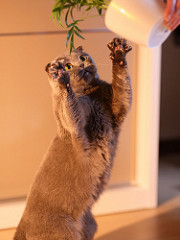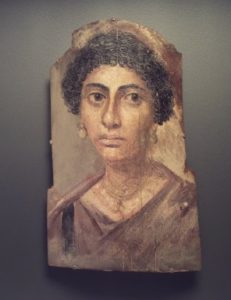Copyright: an evil plan for Disney to make money from Mickey Mouse until the end of time? Perhaps. However, concepts surrounding intellectual property including fair use, the public domain, and Open Access have implications for everyone in higher education.
For further exploration of copyright concerns in the classroom, join us in the LAMC room 321 on Tuesday, March 19th from 10:00-11:30am. Danielle Johnson, Digital Access Librarian at the Loyola Notre Dame Library, will provide information on copyright in education, hands-on learning activities, and answers to your questions.
Already a copyright expert? Take our quiz below to test your knowledge!
Incredibly Serious and Challenging Copyright Quiz
For the images below, identify whether we are including each thanks to Open Access, public domain, or Creative Commons (or are you the U.S. Copyright Office here to break the bad news that we are violating copyright permissions)?
Image 1: Cat by Vladimir Pustovit

Question: Open Access, public domain, or Creative Commons?
Answer: Creative Commons
Specifically, this image is licensed through Creative Commons by 2.0. This means the creator allows use of this image for any reason as long as I give proper credit and place no additional restrictions on the use of this image; i.e. I can’t decide to copyright this image.
Image 2: Woman with Earrings, 100-105 C.E., Brooklyn Museum

Question: Open Access, public domain, or Creative Commons?
Answer: in the public domain
Most works created before 1923 fall into the public domain (though there are exceptions). The Brooklyn Museum also provides detailed information about copyright restrictions in this item’s Rights Statement, as many museums do.
Image 3: Boy Scout Scouting Asia by sasint

Question: Open Access, public domain, or Creative Commons?
Answer: Open Access
This is also known as Creative Commons 0, meaning the creator has placed zero restrictions on use of this image.
However, note that this creator does still specify some requirements for use as it has been marked for editorial or non-commercial use only. Though the creator does not require attribution, it’s still a good idea to give credit when you can. This will help others find the image should they wish to use it, as well as yourself if you forget where you found the image!
How did you do?
If you still have questions, we invite you to attend the 3/19 workshop, which will cover the basics of copyright law, including the public domain, exceptions for faculty in copyright law, licenses, fair use, and seeking permissions.
In the meantime, check out the library’s copyright guide for more information about using images and other works while respecting the rights holder (and avoiding getting sued)!
Header image of Copyright logo by PNGimg licensed CC 4.0 BY-NC
